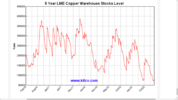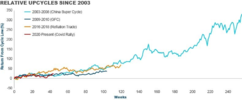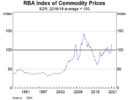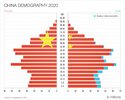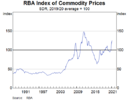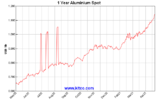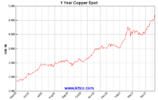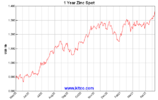Bespoke’s Asset Class Performance Matrix
Jun 23, 2017
Outside of the US, the Chinese equity market (ASHR) is the only area of the world that saw nice gains this week at +2.85% following the announcement that they will be included in the MSCI EM indices. Brazil (EWZ), Australia (EWA), Spain (EWP), and the UK (EWU) all saw declines of more than 1%.
https://www.bespokepremium.com/think-big-blog/bespokes-asset-class-performance-matrix-62317/
Jun 23, 2017
Outside of the US, the Chinese equity market (ASHR) is the only area of the world that saw nice gains this week at +2.85% following the announcement that they will be included in the MSCI EM indices. Brazil (EWZ), Australia (EWA), Spain (EWP), and the UK (EWU) all saw declines of more than 1%.
https://www.bespokepremium.com/think-big-blog/bespokes-asset-class-performance-matrix-62317/






